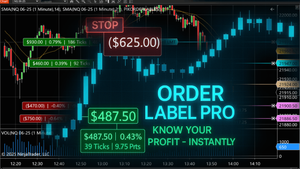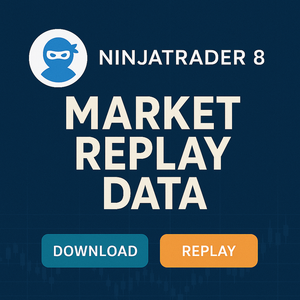High-yield ETFs can be enticing — especially when they boast impressive monthly payouts. But before you jump into $MSTY, there are some important facts you need to consider. While it may look like an easy income generator, this fund comes with structural risks that could catch many investors off guard.
1. High Fees That Eat Into Returns
Let’s start with the expense ratio. At 0.99%, $MSTY’s annual fee is nearly twice the industry median of 0.50% (according to data from Seeking Alpha). For a fund that’s essentially running an options strategy, this is a steep cost that can significantly reduce your actual yield over time.
2. No Qualified Dividends – Expect Higher Taxes
Unlike traditional equity ETFs that may offer qualified dividends taxed at a lower rate, $MSTY’s payouts are treated as ordinary income. That means you could be paying a much higher tax rate depending on your income bracket — something many investors overlook until tax season.
3. No Direct Exposure to MSTR Shares
Here’s a big red flag: $MSTY does not own any actual shares of MicroStrategy (MSTR). Instead, it uses synthetic financial instruments like options and short-term U.S. Treasurys to simulate exposure. This means you’re not investing in the company itself — you're betting on the fund managers' ability to profit from volatility.
4. A Strategy That Relies on Constant Wins
Since the fund doesn’t hold MSTR shares, all of its distributions come from short-term options trading and bond income. If those trades go poorly, there’s less income to distribute, the fund’s NAV drops, and its ability to generate future gains shrinks — creating a negative feedback loop. Fewer trades, lower income, shrinking assets. Rinse and repeat.
5. Still Exposed to Downside Risk
Even though the fund doesn’t own the underlying stock, it’s still affected by MSTR’s price swings. If MSTR drops, the synthetic exposure can still hurt your position. But unlike holding the stock directly, you won’t benefit as much from MSTR gains due to the capped upside from the fund’s structure.
6. It’s Not Just $MSTY – All YieldMax Funds Share This Model
Most YieldMax ETFs operate under the same structure: synthetic exposure to high-volatility stocks and aggressive options trading to generate income. These funds are not built for long-term investing. They might have short-term appeal during periods of extreme volatility, but that’s about it.
Should You Invest?
Think carefully about what you’re buying. You're not investing in a company with earnings and growth potential — you're effectively funding a team of traders and hoping their strategy holds up over time. If volatility in MSTR dries up or the strategy fails to generate profits, the fund’s performance (and your returns) will suffer.
What to Watch If You Already Hold $MSTY
If you’re currently holding shares, keep a close eye on:
- Volatility in the underlying stock (MSTR)
- Distribution trends (which have been declining)
If both are heading south, it may be wise to consider locking in profits — or cutting losses — before the fund's structure causes further erosion.
Final Tip: Avoid DRIP with These Funds
Reinvesting dividends (DRIP) into a fund that is potentially on a downward slope can compound your losses. If you’re going to speculate with $MSTY, treat it like a short-term trade — not a long-term holding.
Have you traded $MSTY or any YieldMax funds? What’s your experience been like? Are you treating them as short-term yield plays or long-term holds? Drop your thoughts in the comments!














